Otmar Szafnauer targets F1 return – but on two key conditions
12 Feb 2025 9:00 AM
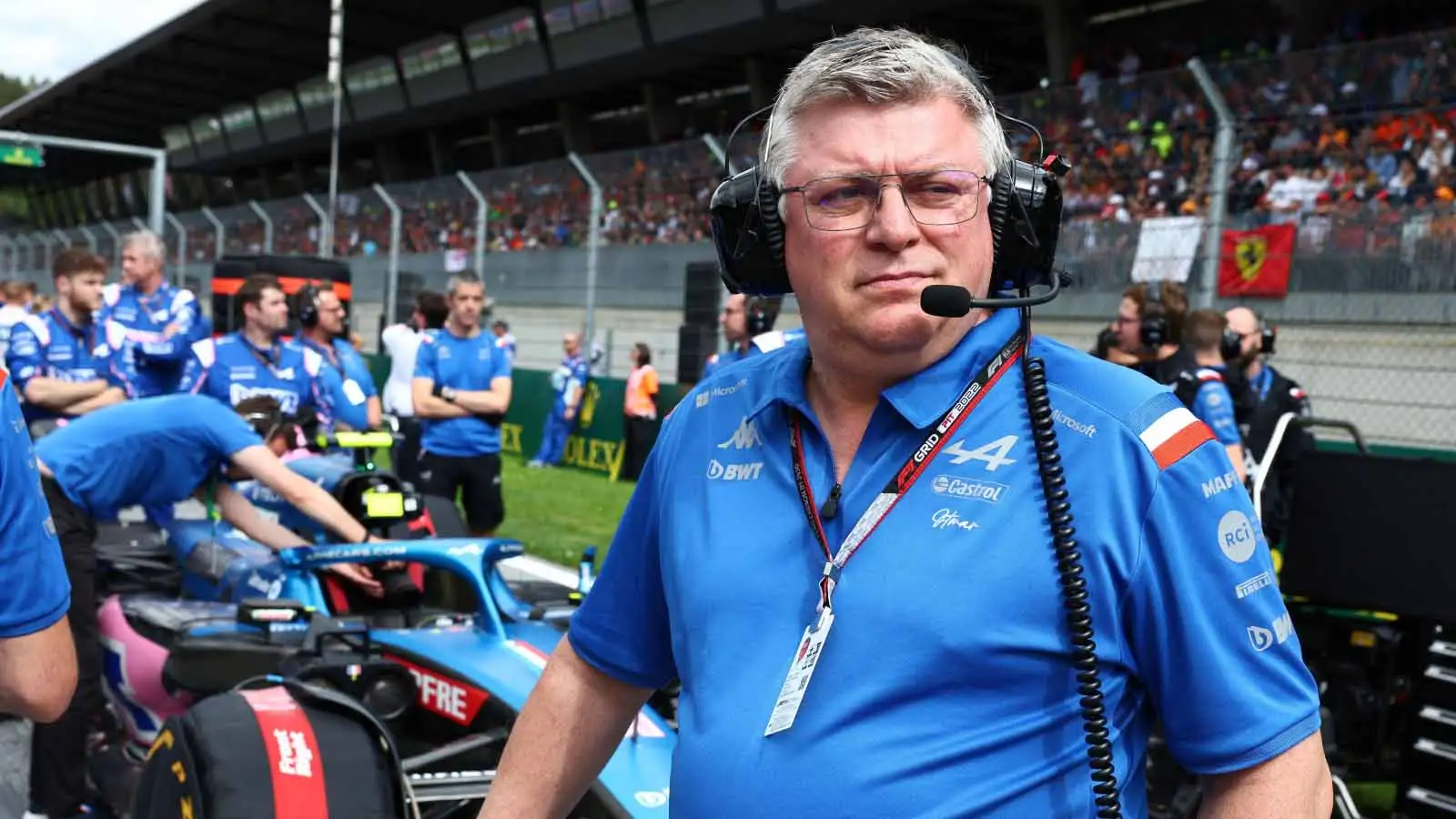
Otmar Szafnauer surveys the grid in front of the Alpine of Esteban Ocon. Austria July 2022.
Otmar Szafnauer has vowed that “F1 isn’t behind him” as he seeks out a fresh challenge in the sport, 18 months on from his departure from Alpine.
Szafnauer parted ways with the Alpine team in the middle of 2023 but has been a frequent visitor to the F1 paddock ever since, with the Romanian-American confident of finding a final challenge in his career before retirement.
Otmar Szafnauer vows ‘F1 isn’t behind me’ as ’60 is too young’
Szafnauer’s split from Alpine marked the closing of a chapter in F1 stemming back over 25 years. Aside from a brief break before starting at Force India in 2009, Szafnauer’s tenure in F1 began in the late 1990s as he joined the BAR team as its operations director.
Such longevity in Formula 1 means Szafnauer’s ongoing absence as a paddock figure is notable, and it would be easy to think that, given the nature of his Alpine split, he wouldn’t be particularly eager to re-immerse himself in the relentless world of the sport.
Szafnauer turned 60 in August 2024 but, speaking to us in an exclusive interview, it’s clear that he has no intention of slowing down just yet.
In fact, it’s quite the opposite – Szafnauer is chomping at the bit to embrace a new challenge in Formula 1 and return to the paddock.
“F1 is not behind me,” he told PlanetF1.com.
“I turned 60 last year. I think I’ve got another five or six years left before I want to retire. I tell people that, when you go skiing at the age of 65 you ski differently than at the age of 75 or 85.
“If it’s not skiing that you like – if it’s mountain biking, for example, or whatever it is, you ski or bike differently at 65 than you do at 75… car racing or motorcycles or whatever hobby that you have.
“I don’t want to miss the seven or 10 good years of a hobby. I don’t want to work till I’m 82 but, 65 to 67, in that region, would be a good time to retire. I think 60 is a bit too young.”
Szafnauer is a free agent now that his gardening leave period from Alpine has ended, but, while a return to F1 is still highly appealing to him, he’s eager to not be in the sport just for the sake of it.
“If I can help a team with my knowledge and experience to do better than they currently are, to move them up the grid, I would like that as a challenge,” he said.
“But it’s got to be in the right position. The position has to have enough input into the entire organisation to make a difference.
“I don’t want to work for a team, just to work for a team. I want to have the latitude and authority to actually make a difference, and the decisions that I make or help with have an impact.”
Having had a long tenure at Force India where he served as chief operations officer through the team’s evolution into Racing Point and, later, Aston Martin, the comparatively short stints he had in charge at Lawrence Stroll’s team and at Alpine were reflective of what he felt was a lack of autonomy compared to what he enjoyed under Force India owner Vijay Mallya.
“Vijay left me to my devices,” he said.
“Whatever myself and Andy Green proposed to Vijay and thought was the right thing to do, is what he always went with.
“Other times when we had disagreements with other seniors as to what the right strategy was, Vijay never ever made a decision that wasn’t what myself and Andy Green recommended to him.
“So, whatever we wanted to do, we had the latitude to do. I think because of that, and the consistency in senior employees, that longevity helped us achieve performance that was well beyond the resources that we had.
“We were beating teams with two to three times the resources and the employees that we had at Force India. We did it just because we had good people that pulled in the same direction, we knew the sport well and were allowed to perform to the best of their ability by the senior management, and that included me and that included Vijay – we allowed them to get on with it.”
Szafnauer’s leadership at Force India saw the team consistently finish in the upper midfield positions, and climb up to fourth in 2016 and ’17 despite mounting financial issues behind the scenes – issues that would see the team put into administration before its sale to Stroll in 2018.
Given that Szafnauer’s straightforward approach didn’t quite gel with Alpine or the more corporate approach of Aston Martin after years of overseeing a Force India team punching above its weight, does he believe that his personality is more suited to teams with a ‘plucky underdog’ mentality?
“I spent 12 years at Ford Motor Company, and two years at General Motors – those are both massive corporations,” he said.
“So I am aware of how process-driven they are and how differently they act as an entity to a Formula 1 team, but a Formula 1 team is a racing team. You need to be able to react quickly.
“Big corporations need to act like navies, whereas Formula 1 teams need to be more like pirates. Everything that works for a corporation will not work for a Formula 1 team.
“If you have the constraints of a big corporation in a Formula 1 team, you’ll never succeed. The others will beat you. So I think my personality is more towards ‘Get it done’ and ‘Do what you have to, don’t worry so much about the process, because we’ve got to get this performance on the car now. The appropriate process will be put in place after the performance has been added to the car.’
“In the aerospace industry, it could be five to 10 years before you see the part that you designed for a spaceship make it onto a spaceship, whereas, with us, it’s usually two weeks, depending on what the car part is.”
Having experienced both sides of the coin, Szafnauer said he doesn’t believe his leadership style is at odds with today’s corporate F1 teams.
“I don’t think so,” he said.
“I mean, the modern Formula 1 teams are big in numbers, but the successful ones know how to apply process and also know where process is a hindrance.
“Where it’s not a help, they don’t apply it. The ones that are winning do just that. It’s not all about process and and big company procedures. They still react very quickly.
“Say a floor, which, with these regulations, is where the lion’s share of aero performance comes from. Once you’ve got a new floor that works better in the tunnel, it takes you about six weeks to put it on the car. That’s pretty quick.”
Last year, Szafnauer revealed a potential project he’s involved in on the James Allen on F1 podcast. In the early stages of pulling together an effort to add another F1 team to the grid, having secured significant backing from US investors, Szafnauer shed some light on where the project is at.
“I’ve been working with some American funders and some car manufacturers to look at a 12th team for the future.,” he said.
“At the time, when I started the project, it was going to be the 11th team, but now Cadillac is in, so they’ve got the 11th spot.
“So when they open up the process of adding the 12th team, I hope to be able to put in a robust case to allow the 12th team to go to the people that I have funding it, as well as the manufacturer that I’m working with.”
More on F1 ‘s team bosses
👉 F1 team principals’ rich list: Net worth figures revealed for Wolff, Horner and more
👉 F1 team principals: How long has each team boss been in charge?
What has Otmar Szafnauer been doing since F1 departure?
Szafnauer parted ways with the Enstone-based squad midway through 2023 as he and Alan Permane both left after the Belgian Grand Prix – Szafnauer’s steadfast assertion of needing 100 races in order to help transform Alpine’s fortunes not being agreed with by Alpine CEO Luca de Meo.
Unable to work for another team for over a year following this departure, due to a non-compete clause in his contract, Szafnauer revealed the areas he’s focused on in the 18 months since his Alpine tenure ended.
“Alpine was nice enough to say I could go ahead and work for Formula 1 Experiences and be a brand ambassador for the brands that want you to be, and those types of things,” he said.
“So I’ve worked for some corporates to explain to their more senior guests what Formula 1 is about. I’ve done some talks for some other big corporations on running high-performing teams, how to assemble a high-performing team, and how to keep them motivated. You know, what skill sets as a leader, do you have to lead high-performing teams, that kind of thing.
“I just did a talk at Oxford University, on skillsets as a leader and how to manage conflict within high-performing teams. I did a similar talk at Columbia University in New York.
“But I think, most importantly, I own a software company called Softpauer. That software company was the company that developed the first ever Formula 1 application, which was a timing and scoring app, back in 2009 – we did this right when the iPhone came out.
“The idea happened in 2008 and then my company developed it with Bernie Ecclestone. That same company has now developed an application named EventR to help manage the itineraries of traveling teams, and I’ve been spending a bit of time getting that software out to traveling teams.”
But while working on the software is proving an enjoyable pursuit for Szafnauer, he stresses that it’s merely an interim project while he seeks out his next motorsport challenge.
“No, this is an interim thing,” he said.
“I used to ask my high school friends, out of high school, what was the one thing that stood out to them from my time with them.
“I was hoping they’d say something like, ‘You had all the difficult classes’ or ‘You were in with the smart kids, we always thought you would do well after high school’, but they didn’t say any of that.
“They said, ‘You’re the most competitive person that we’ve met!’
“So there is that competitive streak, and that was one thing I really enjoyed about Formula 1 because it was at the highest level of motor racing in the world.
“I do miss that bit of it. I miss that competition of team building, to be able to beat others that are expected to beat you, as well as every race on a Sunday doing the best we can over the weekend to outperform our competitors, whoever they are, around us on Sunday, and beat those that were expected to beat you. That’s what I loved the most, and I miss that.”
Szafnauer explained how he’s worked hard to help get EventR off the ground in various motorsport series – ideal proving grounds for itinerary-based organisations.
“I was in Daytona meeting with a bunch of IMSA teams, explaining what the application does and how it can be useful for them. Now, we’ve got a bunch of IMSA contacts and hopefully will get those teams using the app,” he said.
“EventR was born out of the fact that, when I was running Force India and Aston Martin, we had about, on average, 120 to 130 people traveling to every event.
“Those people didn’t book any of their own travel arrangements. So they didn’t book their own hotels, their own flights, their own transport to the airport, their own hire cars when they got there, none of that.
“So, because they don’t do that themselves, you have to communicate to them what their travel itinerary is. Whoever booked your flight, that person that booked it has to tell you, ‘Hey, you’re on BA205 on Thursday and, when you land, you go from the airport to your hotel in a bus, and the bus is going to be here, and then when you get to the hotel the next day, you’re going to the track in a car, and these four people are in the car with you – make sure you’re there at 8 am’…
“You had to communicate all that stuff to 120 or 130 people. The itineraries were pretty big, up to 10 pages long, and everybody would print one, right?
“10 pages times 130 and then, lo and behold, two days before you left, it would be version two, and then was version three, version four, etc.
“I just had in the back of my mind that this was not very efficient. With software these days, we should just get rid of paper itineraries and do it through software. That’s how the idea happened.
“This was just a small bit of further efficiency. Efficiency goes a long way in a lot of businesses.”
EventR has gained some traction in the F1 paddock, no doubt thanks to Szafnauer’s measured persistence and friendly persuasiveness, and he said the benefits have very clearly become evident to any organisation that has begun using his application.
“It was developed with Aston Martin, and they are going to start using it, from what they tell me, this year,” he said.
“Another team that has trialled it is Racing Bulls, while some of the others that I’ve approached have said they’re using something already, and they’re happy with what they’re using.
“Some said they’ve developed their own. At least half the Formula 2 and Formula 3 paddocks are using it, we have MotoGP teams using it, Sail GP, V8 Supercars, and IMSA teams.
“Human nature is to resist change. So getting them to actually trial it is the hardest thing. Those who have trialed it, every one of them have given it a 10 out of 10.
“They all say, ‘this is great, thank you’. The Formula 2 teams – it used to take them over half a day to develop an itinerary.
“It takes them 20 minutes now, so what took half a day is down to 20 minutes, and the people on the other end of it that have the application, they don’t miss flights, they don’t miss their busses, nothing.
“So it’s much more efficient, and you save the paper. No one’s printing this stuff out!”
Read Next: Your verdict: Lewis Hamilton’s title chances, Ferrari success and Charles Leclerc battle
Otmar Szafnauer



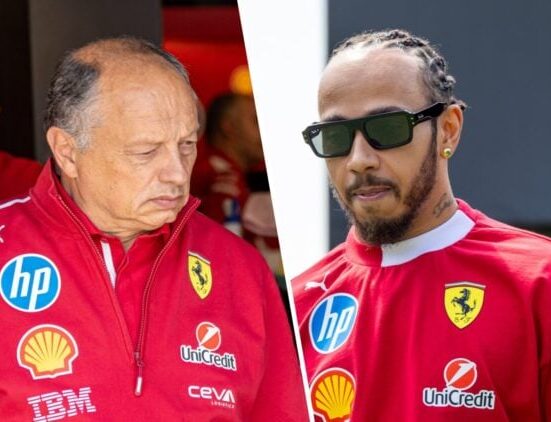
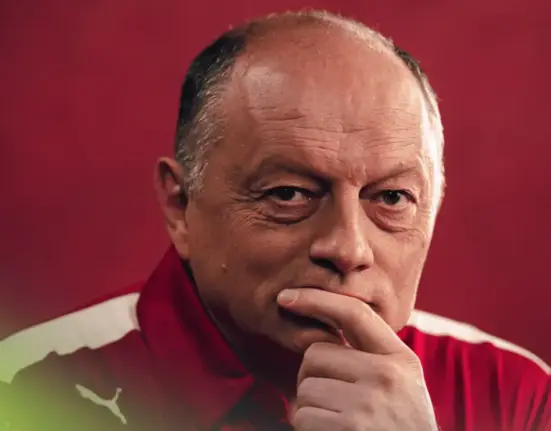

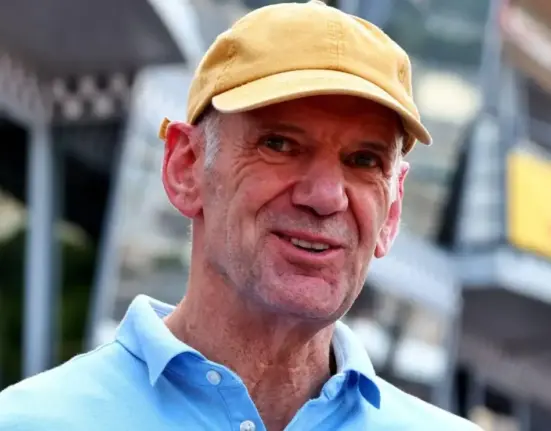
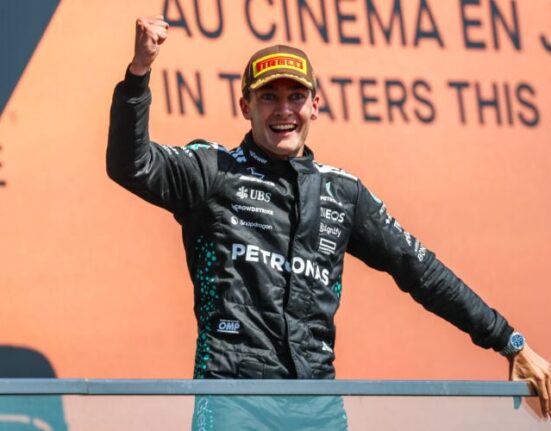

Leave feedback about this